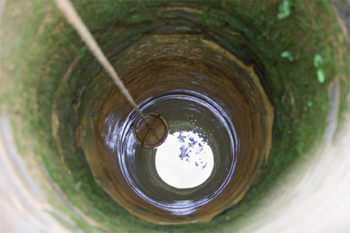Jan 04, 2026
Jan 04, 2026
 That ecologically India has been facing tough times has been known for some time. Things have not been happy and what is perhaps more forbidding is that they are going to become more difficult in the future, generally worsening the plight of the people. Many of those who are suffering perhaps do not even know what is really hitting them. Global warming may have been the reason for most of the misery, yet one cannot entirely rule out thoughtless human interventions with nature.
That ecologically India has been facing tough times has been known for some time. Things have not been happy and what is perhaps more forbidding is that they are going to become more difficult in the future, generally worsening the plight of the people. Many of those who are suffering perhaps do not even know what is really hitting them. Global warming may have been the reason for most of the misery, yet one cannot entirely rule out thoughtless human interventions with nature.
09-Mar-2010
More by : Proloy Bagchi